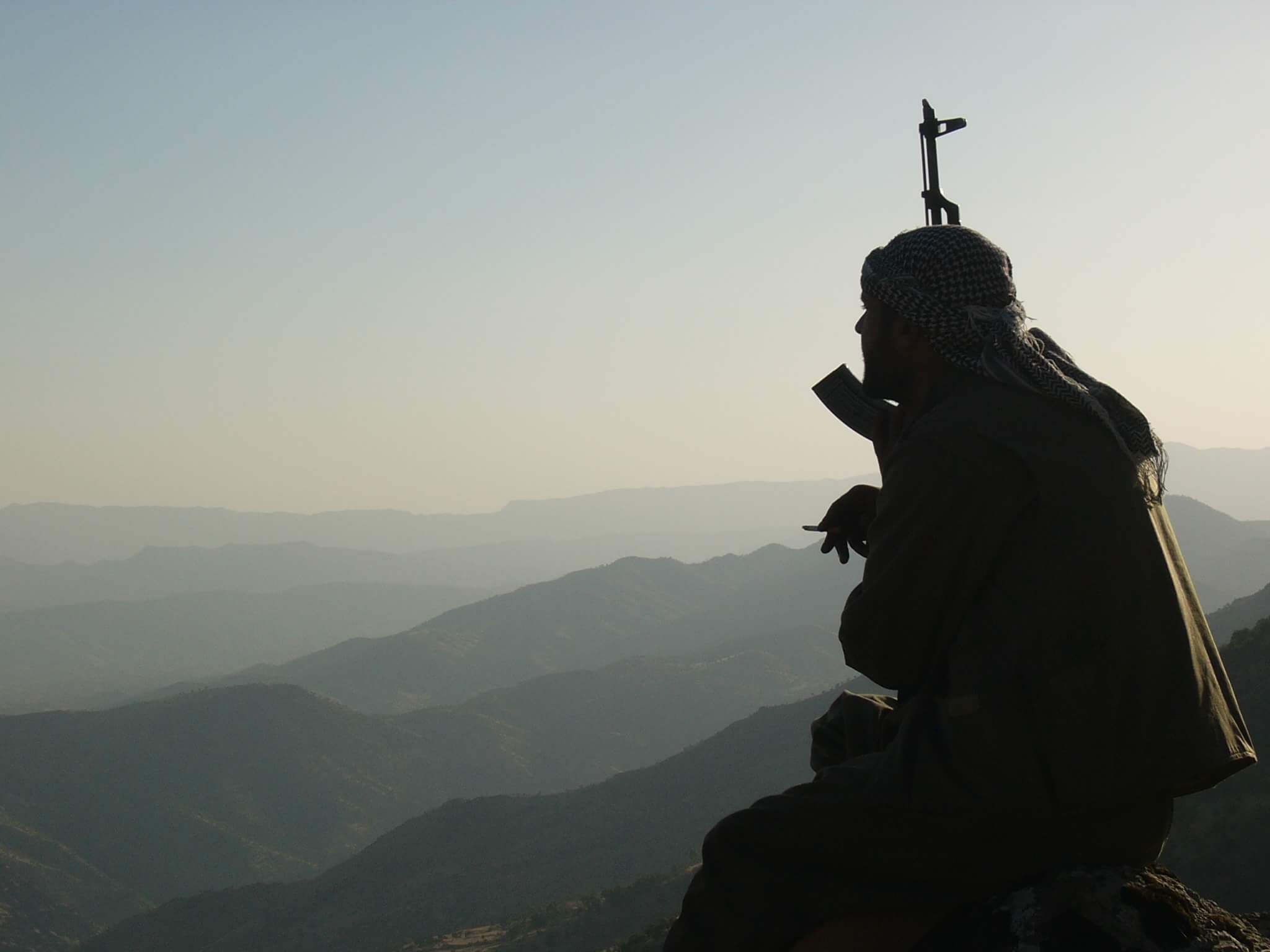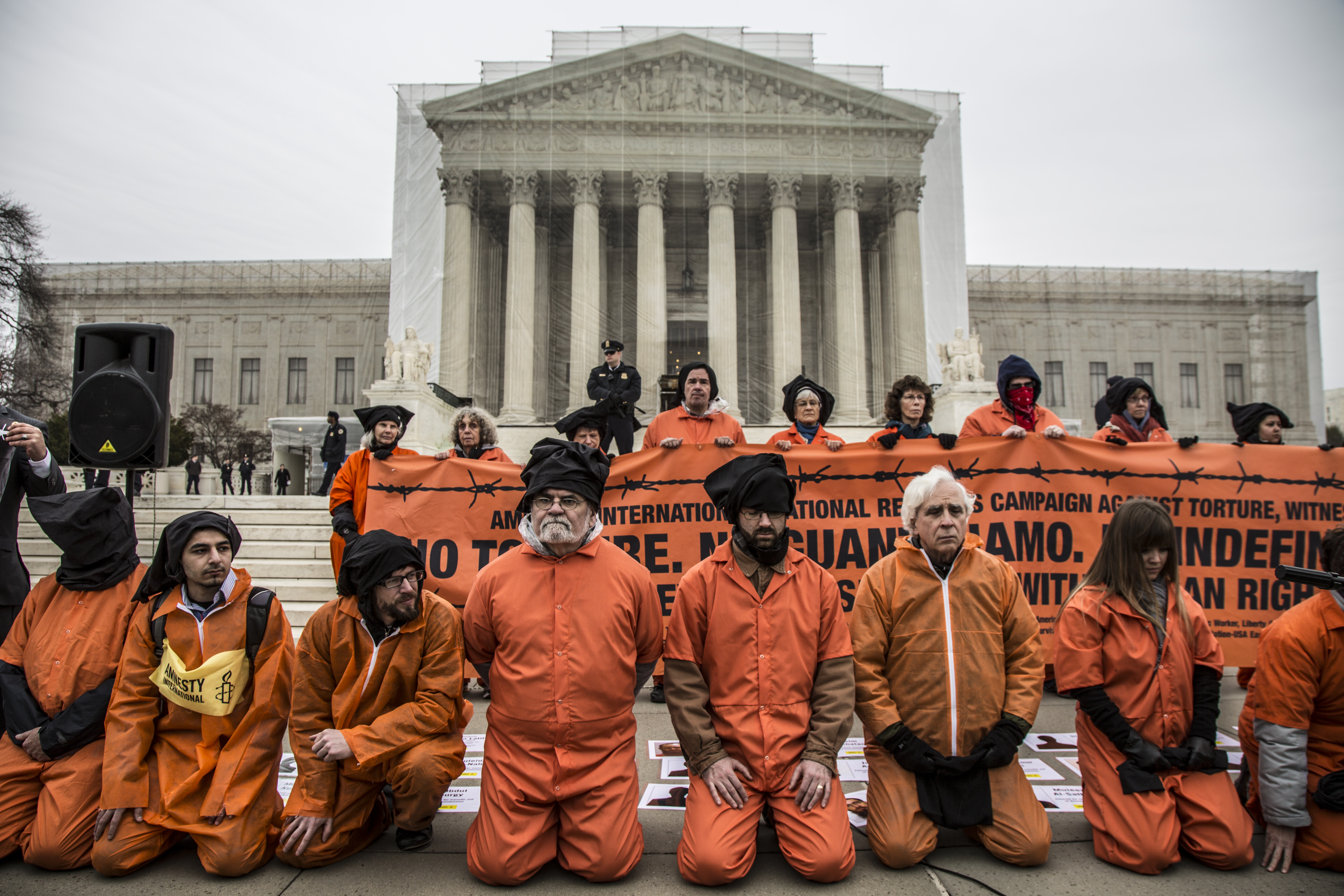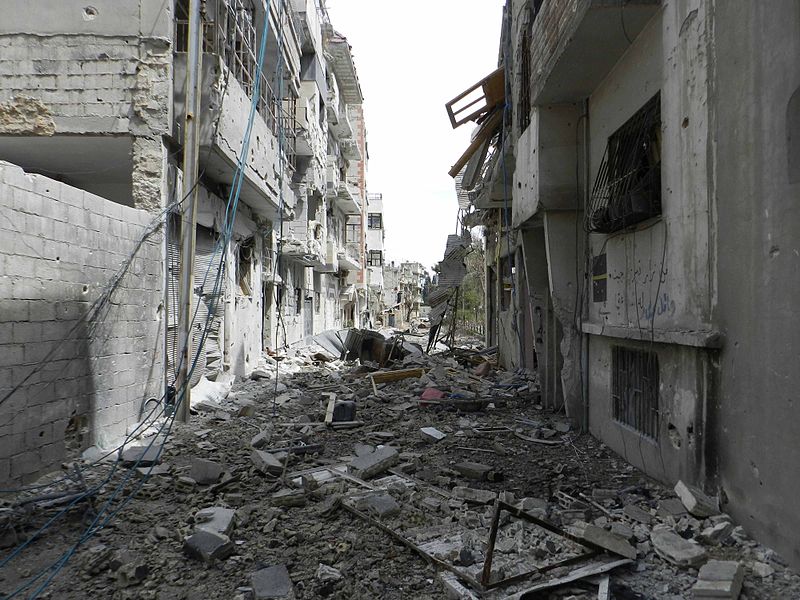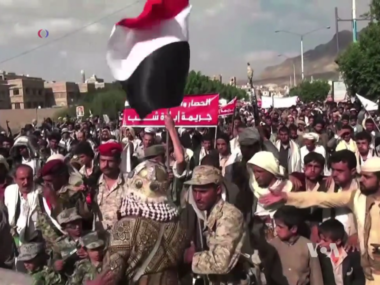By James Igoe Walsh, Michael Findley, Daniel Strandow, and Jean-Claude Thill.

How does control of territory influence the course of civil conflicts? Consider the Islamic State, which burst onto the international scene in 2014 with its rapid and unexpected capture of huge swathes of Iraqi territory, including the city of Mosul. Control over territory in Iraq and Syria allowed the group to generate income from oil production, the smuggling of petroleum and antiquities, and the imposition of fines and taxes on the local population. ISIS used this territory to expand its military operations in Syria and to attract foreign fighters with the message that it was succeeding in creating a real Caliphate. Subsequent loss of some of this territory has led ISIS to cut soldiers’ salaries, caused a decline in the influx of foreign fighters, and pushed the group to embark on a campaign of international terrorism.
This fits with the conclusions of many studies that territorial control influences a range of conflict behaviors. Kalyvas (2006) finds that the degree to which rebel and government forces control territory influences both sides’ willingness to victimize civilians and to engage in terrorism. Humphreys and Weinstein (2006) suggest that competition for territory creates less discipline among armed groups’ fighters. Fearon and Laitin (2003) argue that civil wars are more likely to begin in countries with non-contiguous and mountainous terrain, where rebels can more easily establish a long-term presence. Mampilly (2011) analyzes how rebels that control territory must also develop strategies to extract revenue from and to govern the local population, while Stewart (2016) finds that territorial control is a pre-condition for the provision of inclusive social services by rebel groups.
Yet actually measuring territorial control in a systematic fashion across conflicts faces important challenges. Some are conceptual: is territorial control a binary concept, or can armed groups exercise degrees of control? While Kalyvas’ groundbreaking work argued that control ranges along a continuum, many representations (such as the New York Times’ maps of Syria) depict areas as either controlled, or not, by a single armed group. Other challenges are inferential: what sort of events lead to changes in territorial control? In most attempts to map control, violent events such as battles play a key role in defining contested and controlled areas. But which events are relevant, and how they translate to control, is often not made clear (see, for example, this map of Afghanistan created by the Institute for the Study of War). A third set of challenges are computational: if an armed group controls a particular point on a map, how far out does control radiate from this location? How do social and geographic factors such as terrain, population density, and road networks influence the radius of control? The Carter Center’s impressive Syria Conflict Map project relies on a range of data sources documenting where and when violent events take place to identify points controlled by parties to the conflict, but does not seek to determine the reach over which these parties can exercise effective control.
With the support of the Minerva Research Initiative, our Resources and Conflict project developed a new method for measuring territorial control and applied it to civil conflicts in sub-Saharan Africa after the end of the Cold War. The starting point is clashes between government and rebel forces, identified from events in the Uppsala Conflict Data Program’s Georeferenced Event Dataset. For each such event, we determine who initiated the attack and who controlled the location at the end of the battle. We use this data to measure control of the location on a five-point scale: government complete control, government incomplete control, contested area, rebel incomplete control, and rebel complete control. We then incorporate information about road networks, terrain features, and assumptions about quickly armed travel. This is fed into geographic information system algorithms to produce maps identifying the location and degree of territorial control exercised by armed groups. For details, see our recent paper (gated, ungated).

Our method is particularly well-suited to capturing changes in territorial control over time. This animation of the conflict between the government of Angola and UNITA rebels from 1989 to 2001 illustrates its ability to capture the dynamics of conflict (note that the year 1997 is missing, as the Uppsala Conflict Data Program did not classify this conflict as a civil war in that year). The degree of each side’s control of territory waxes and wanes over time. Notice, for example, that the rebels establish control over the town of Luena in the early 1990s, and that much of the conflict takes place in the center and northwest of the country.
In ongoing work, we build on this approach to develop more sophisticated geographic representations of territorial control. A striking feature of this representation of conflicts is that most of the territory is classified as what we term “uncontested sovereignty,” meaning areas where there is no evidence of contestation between rebel and government forces. Such combat is the starting point for our measures of territorial control, meaning we have little sense of how much of a presence the government actually has in such areas. Future work will use additional conflict events, such as protests, to develop more fine-grained measures of government presence in such areas.
We are currently developing a system that would semi-automatically code events from news media texts and transform this data into maps in near real-time. This system will be entirely open source, meaning that one could take the methodology, software, and algorithms generated by our project and, at relatively low cost, systematically map territorial control in conflicts zones of their choosing. This would allow media organizations, researchers, and non-governmental organizations to develop their own maps of conflict dynamics in civil wars, especially those that attract less attention.
James Igoe Walsh is Professor of Political Science at the University of North Carolina at Charlotte. Michael Findley is an Associate Professor in the Department of Government at the University of Texas at Austin. Daniel Strandow holds a PhD from the Department of Peace and Conflict Research at Uppsala University. Jean-Claude Thill is the Knight Foundation Distinguished Professor at the University of North Carolina at Charlotte.






2 comments